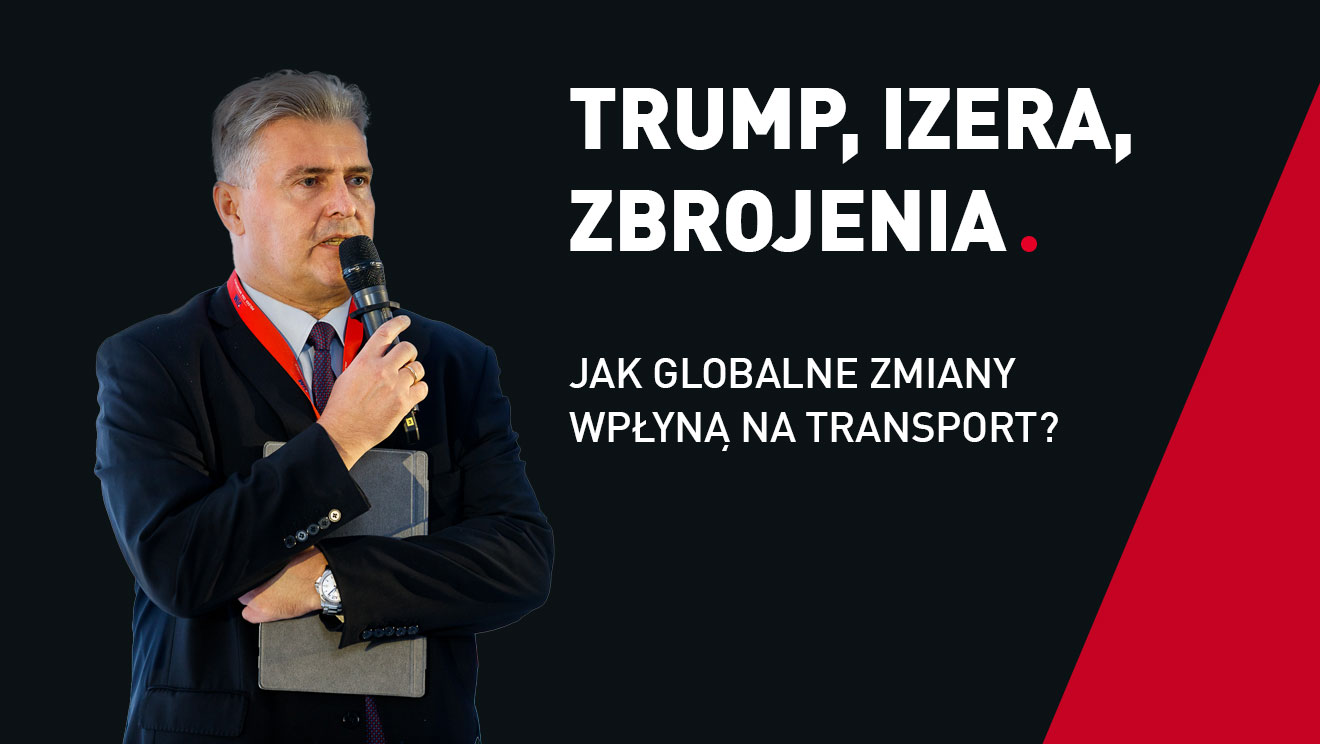The automotive industry in the face of global changes – Trump, Izera, and the defense sector
Konrad Spuła
Published 11.08.2025
4 min reading time

The conversation with Janusz Kobus, President of the Polish Automotive Chamber, sheds light on the key challenges and opportunities facing the Polish and European automotive sector. From the expansion of Chinese brands, through the Izera project, to the impact of decisions made by Donald Trump’s administration – the industry’s landscape is both multifaceted and dynamic.
We encourage you to listen to the full interview:
Below is a text summary.
1. Expansion of Chinese manufacturers in Europe and Poland
One of the hottest topics in the dealership sector is the rapid entry of Chinese brands into the Polish passenger car market. While in other EU countries this process faces resistance, in Poland it is progressing smoothly. Dealership owners, often affected by network restrictions from European manufacturers, are considering switching their offers to Chinese brands.
Chinese manufacturers have both a technological and cost advantage, especially in the electric vehicle segment. President Kobus notes that this process may resemble the earlier entry of Japanese and Korean brands, which are now a permanent part of the market.
2. Crisis in the parts manufacturing sector
After years of dynamic growth, Poland’s parts and components manufacturing sector – the second largest in Europe in terms of employment and revenues – is experiencing a slowdown. Falling volumes, cost cuts, factory closures, and job reductions are, among others, the result of EU regulatory policies. According to Kobus, the current regulations could lead to “business suicide” for European manufacturers unless they are changed.
3. Electromobility – successes and failures
Poland is a European leader in battery production, with a network of suppliers and subcontractors having developed around this industry. However, the flagship electromobility project – Izera – has become a symbol of a missed opportunity.
President Kobus points out that Izera was an overly politicized project, carried out under the assumption of full Polish ownership but without the necessary competencies and technology. In the end, the plan was to produce the vehicle on a Chinese platform with a Chinese battery and a Polish logo. Delays have meant that, in today’s saturated market of over 300 EV models, the chances of success are minimal.
4. Innovation in the Polish automotive sector
Although Poland is not a place where vehicles are designed from scratch, the country is home to large R&D departments of foreign companies, employing hundreds of engineers. An example of a visionary approach is Solaris, which over a dozen years ago invested in electric buses and has become a leader in this segment.
In the TSL sector, innovations are mainly focused on digitalization, transport automation, and fleet management optimization solutions.
5. Manufacturing in Poland – a wide range of components
Poland produces almost all car components – from engines (over 2 million annually, mostly diesels) to windows, seats, seatbelts, airbags, and software. The country is home to around one thousand parts manufacturers, three hundred of which have annual revenues exceeding EUR 50 million.
6. The defense sector as a potential source of orders
The European Commission’s plan provides for investments of around EUR 150 billion in the defense sector, of which Poland could benefit by approximately EUR 30 billion. Although the scale is incomparably smaller than in the automotive sector, the defense industry could become a source of logistics and manufacturing orders – especially in the field of dual-use products.
7. Donald Trump’s tariffs and their impact
Decisions by the US administration to impose additional tariffs on cars and parts from Europe could force the relocation of production to North America. For Poland, as a supplier of components, this means the risk of losing some contracts. The impact on the truck segment will be smaller, but for passenger cars – significant.
Some manufacturers, such as Mercedes, propose “fifty-fifty” trade exchange solutions, but President Kobus remains skeptical about their success.
8. The risk of excessive electrification of transport
Current EU regulations foresee near-total electrification of passenger cars and up to 90% electrification of heavy transport. Kobus sees these plans as utopian – both for technological and geopolitical reasons. Poland, as the EU’s leader in road transport (1.2 million trucks), currently has only around 160 electric heavy vehicles. Charging infrastructure is also lacking.
9. Opportunities for carriers – subsidies and new client requirements
The requirements of large contractors to reduce CO2 emissions may encourage transport companies to invest in zero- and low-emission vehicles. The National Fund for Environmental Protection and Water Management offers a support program worth PLN 6 billion for the purchase of N2 and N3 electric vehicles and the construction of charging infrastructure.
10. Competition challenges from Chinese e-commerce
A widely discussed topic is the agreement between Poczta Polska and China Post for handling e-commerce parcels, which, thanks to customs exemptions, enter the European market without inspection. For consumers, this means lower prices, but for European manufacturers – an example of unfair competition.



